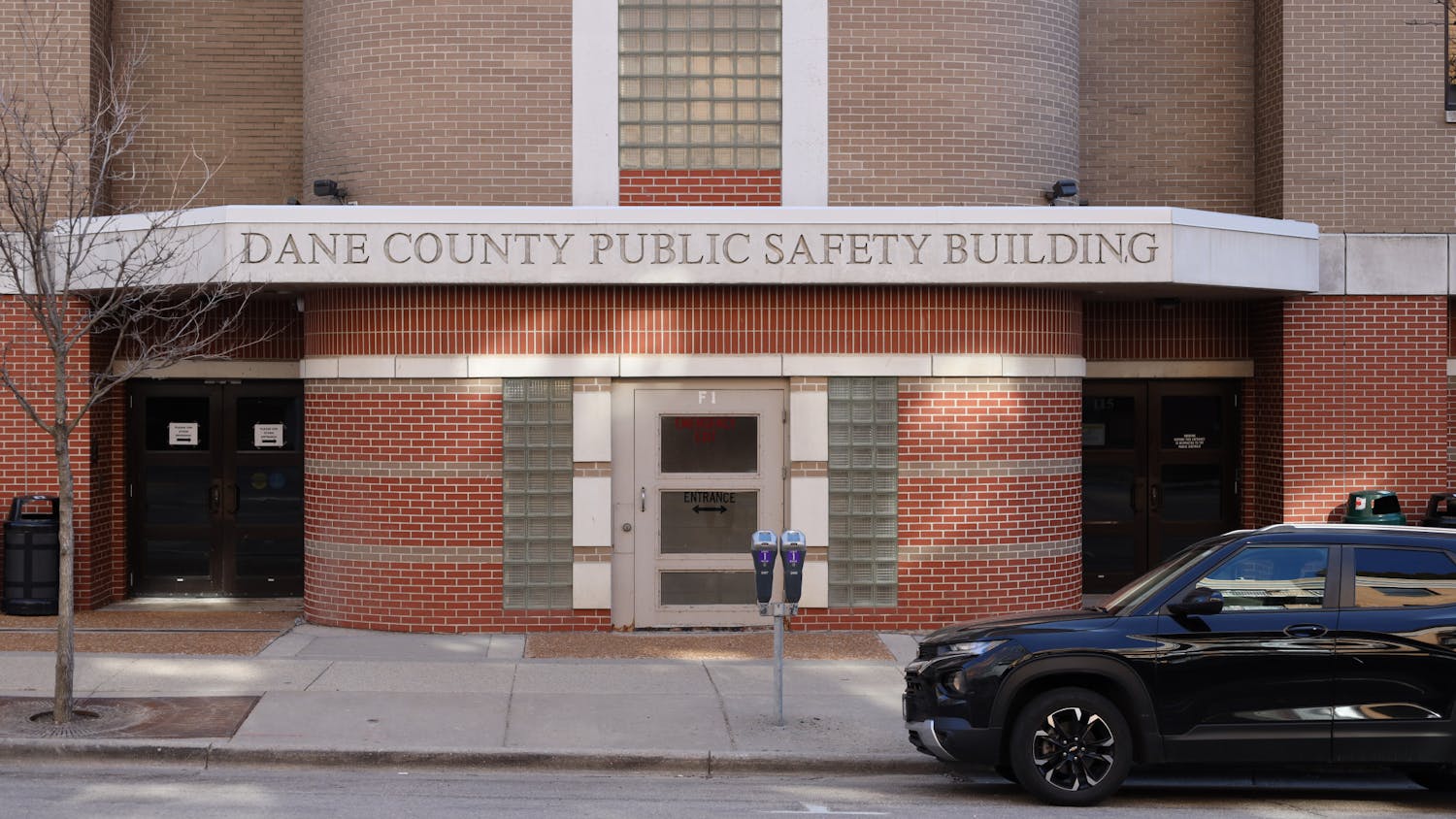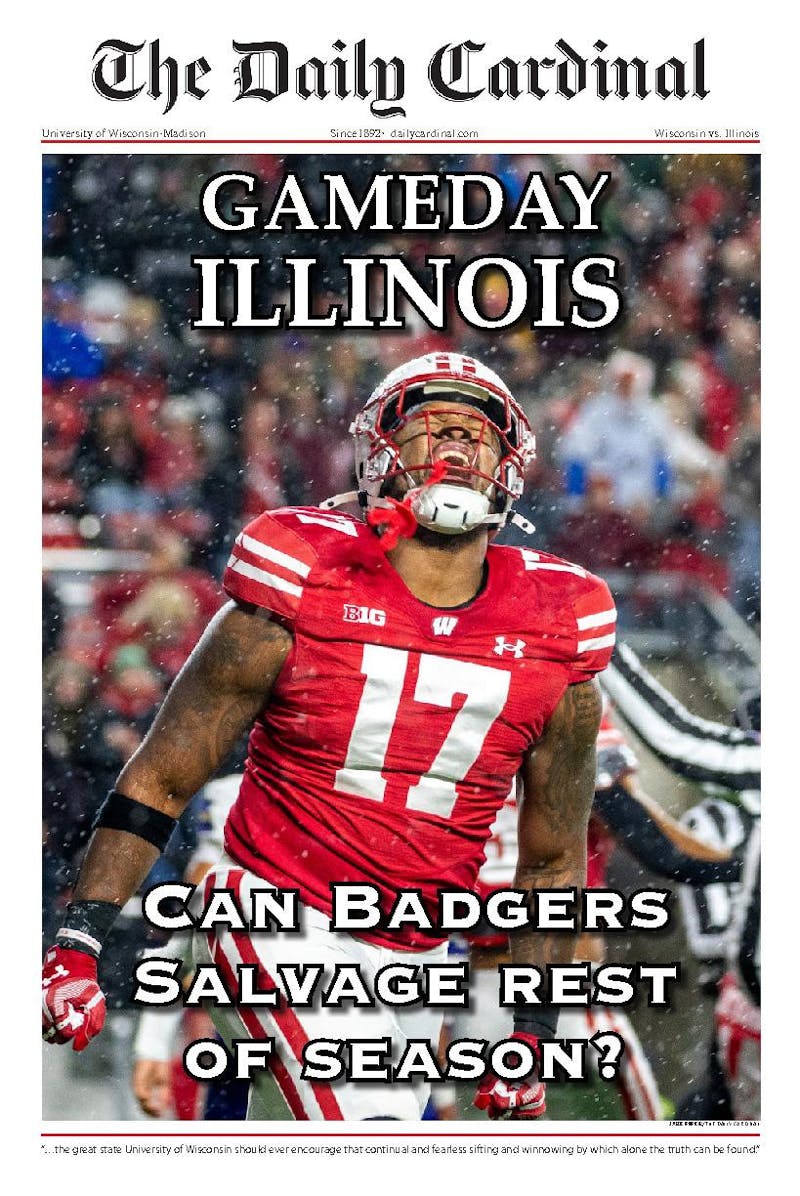Gary Brown, University of Wisconsin-Madison alumnus and director of campus planning and landscape architecture, announced his retirement this June and plans to start working on a book about the university’s campus planning history.
Brown started his career post-graduation traveling across Wisconsin with the University of Wisconsin System. He has worked with the university for over 40 years, and is currently the director of the Lakeshore Nature Preserve.
Brown sat down with the Cardinal to talk about different projects, how campus has changed, his time at UW and the process of starting to write a book.
This conversation has been edited for clarity and brevity.
What are some of the projects on campus that you have helped come to life?
I've been working directly on all of our campus master plans from East Campus Mall to Alumni Park and Library Mall. The Divine Nine Plaza was the most recent project that I was involved in, along with all of the building projects that have happened since 2000. Union South, Memorial Union, the Union Terrace, anything and everything that you see on campus that's been developed in the last 30 years.
When I was at [the UW] System I was working on projects like the Allen Centennial Garden, the Botany Garden and building projects as well. Lots of great memories about developing the campus.
How has campus changed over the years that you've been there?
The campus has changed physically, in many areas of the campus with a lot of new buildings. We've really spent a lot of time thinking about our connections to the lake, which is something unique. I've traveled and looked at a lot of different campuses, and I think we have one of the most beautiful campuses across the country. It's not just about the buildings, but it's also the spaces in between the buildings, and how they create a setting that helps us draw and support the education and research that the university does.
The campus may look different, but if you look hard, there's a lot still there that’s part of the real campus. Over time, our campus continues to be very engaged in the [planning] process. That's who we are, that's who Madison is. We're a very engaged campus and community. That really hasn't changed.
Going back in time, what was the transition like going from being a student and interacting with the buildings and campus to becoming the force behind creating and situating them?
I had to learn how to work well with leaders on the campus and understand what their needs are and what their desires are, and then also learn how to communicate with the city and in the community.
It's about negotiation and communication and keeping an open line of communication going, and really helping people understand why you're doing what you want to do.
How important is accessibility when drafting plans? Has the campus done anything to address it in particular?
We spend a lot of time thinking about what we call universal design and designing spaces that are accessible for everyone, and making sure that as we design things, it's part of the overall design of the landscape and it fits in.
It's a little difficult here in the Madison campus because we have a lot of older buildings that were built before [the Americans with Disabilities Act] and we have topography, hills and sloped sidewalks, so it can be a challenge at times. It's a bit like sustainability is now — it's not [going to cost more or take more time] if you do it right from the beginning.
It shouldn't cost you more. It shouldn't take you any more time. It's really the right thing to do. Accessibility and sustainability go hand in hand and it's really something we should be doing at all times.
How has your time and experience as campus planning director translated to being the Lakeshore Preserve director?
We spent a lot of time thinking about what these 300 acres should be and what people said they wanted it to be over time. Many of the master plans over the decades have talked about preserving that space for teaching and research. We developed our first master plan in 2006 for the preserve and when we have major master plans and strategic plans like this, it really helps protect those spaces.
That's really what we need to do, is protect those spaces for everyone so that they continue to be a research and educational space for all of our many many students. Right now, we have about 70 research projects ongoing on the preserve.
Switching gears a little bit, we hear you're planning to write a book on the history of UW-Madison's campus planning. What has that process been like so far?
It’s really been a lot of fun. As I started to think about retirement, I thought nobody's really talked about these people — who are the people that developed these master plans? Who was John Rague? We know he was a Milwaukee architect, but we don't know much more.
I've been digging into who this person was, how [he] ended up developing the first master plan for UW-Madison, how he got involved. What did he use to base his design on? What was campus planning like in the mid 1800s? What were other universities doing? I found out that Rague was actually the architect for the first state capitol in Illinois.
After doing that he became the architect of the first capitol in Iowa. I dug up those spaces and I looked at the first capitol of Iowa, and it looks exactly like Bascom Hall. That’s really interesting. And that building actually became the first building at the University of Iowa. So really spending time thinking about who these people were and how they were involved in developing this plan.
Is there one thing that you hope future readers will take away from this history?
I really want people to understand that it’s about people and developing spaces. It's not just about buildings or landscapes, it's about the people and how they used the campus and how they came to the campus to create these spaces, and being mindful that people use these spaces for learning, education and becoming good citizens.
So if you participate in this process, you can be a great citizen of the world and you can be part of the overall experience of living here and participating in our overall community.






